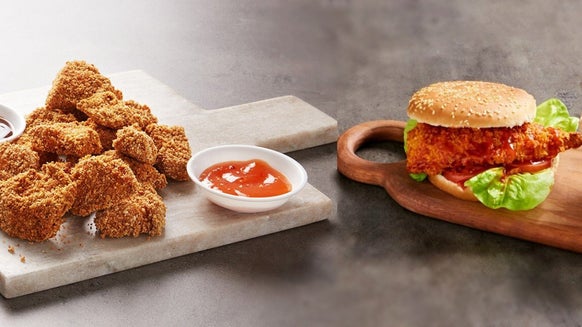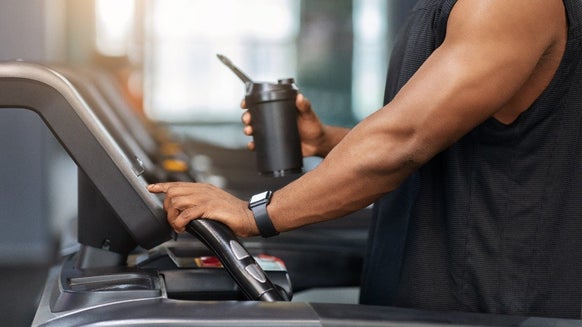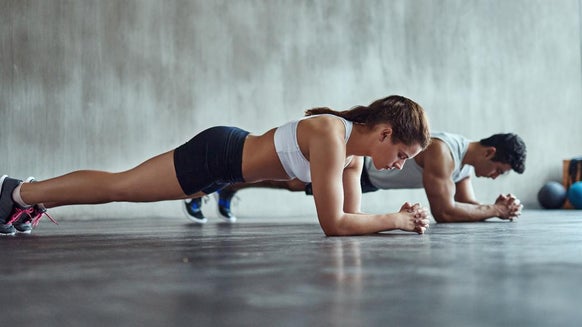Endomorph Diet: What Food Should You Eat As An Endomorph?

Everyone’s body is different and there have been countless categorisations in the past to try and group each different body type together somehow. One of these, called the somatotypes, was developed by psychologist William Sheldon in 1940, and even today is hugely debated. Sheldon split different body types into 3 main categories – endomorph, ectomorph and mesomorph.1 But these weren’t just observations, Sheldon claimed that each body type had an ideal macronutrient intake, and you ought to adjust your eating habits according to your type.
What is an Endomorph?

What should Endomorphs Eat?
As we’ve discussed, the typical endomorph is characterised as overweight and struggling to lose fat.
Protein
Protein helps with satiety (the feeling of fullness), which can help you reduce unnecessary snacking that could prevent you from being in an energy deficit.
Ensuring each of your meals contain enough protein (approx. 20g per meal) and fibre (30g a day is recommended) in the form of leafy grains and wholegrains can help your feel full whilst keeping your calorie intake lower. Regardless of your body type, if you’re looking to lose weight healthily, these are some key pointers.

Take Home Message
READ THESE NEXT:

Claire is a Registered Dietitian through the Academy of Nutrition and Dietetics and a board-certified Health and Wellness Coach through the International Consortium for Health and Wellness Coaching. She has a Bachelor of Science in Biology and a Master’s degree in Clinical Dietetics and Nutrition from the University of Pittsburgh.
Talking and writing about food and fitness is at the heart of Claire’s ethos as she loves to use her experience to help others meet their health and wellness goals.
Claire is also a certified indoor cycling instructor and loves the mental and physical boost she gets from regular runs and yoga classes. When she’s not keeping fit herself, she’s cheering on her hometown’s sports teams in Pittsburgh, or cooking for her family in the kitchen.
Find out more about Claire’s experience here.
- Carmichael, L., Sheldon, W., Stevens, S. and Tucker, W., 1941. The Varieties of Human Physique. An Introduction to Constitutional Psychology. The American Journal of Psychology, 54(3), p.457.
- AndreenkoE,Mladenova S. CHANGES IN SOMATOTYPE CHARACTERISTICS IN THE MIDDLE-AGED BULGARIAN MEN. Nutr Hosp. 2015 Dec 1;32(6):2910-5. doi: 10.3305/nh.2015.32.6.9810. PMID: 26667752
- Hill JO, Wyatt HR, Peters JC. The Importance of Energy Balance. Eur Endocrinol. 2013;9(2):111-115. doi:10.17925/EE.2013.09.02.111
- Kim, K., Park, S.M. Association of muscle mass and fat mass with insulin resistance and the prevalence of metabolic syndrome in Korean adults: a cross-sectional study. Sci Rep8, 2703 (2018).https://doi.org/10.1038/s41598-018-21168-5
- Clark MJ, Slavin JL. The effect offiberon satiety and food intake: a systematic review. J Am Coll Nutr. 2013;32(3):200-11. doi: 10.1080/07315724.2013.791194. PMID: 23885994.
- HearrisMA, Hammond KM, Fell JM, Morton JP. Regulation of Muscle Glycogen Metabolism during Exercise: Implications for Endurance Performance and Training Adaptations. Nutrients. 2018;10(3):298. Published 2018 Mar 2. doi:10.3390/nu10030298
- Jäger, R., Kerksick, C.M., Campbell, B.I. et al. International Society of Sports Nutrition Position Stand: protein and exercise. J Int Soc SportsNutr14, 20 (2017). https://doi.org/10.1186/s12970-017-0177-8
- Aragon, A.A., Schoenfeld, B.J., Wildman, R. et al.Internationalsociety of sports nutrition position stand: diets and body composition. J Int Soc Sports Nutr 14, 16 (2017). https://doi.org/10.1186/s12970-017-0174-y






